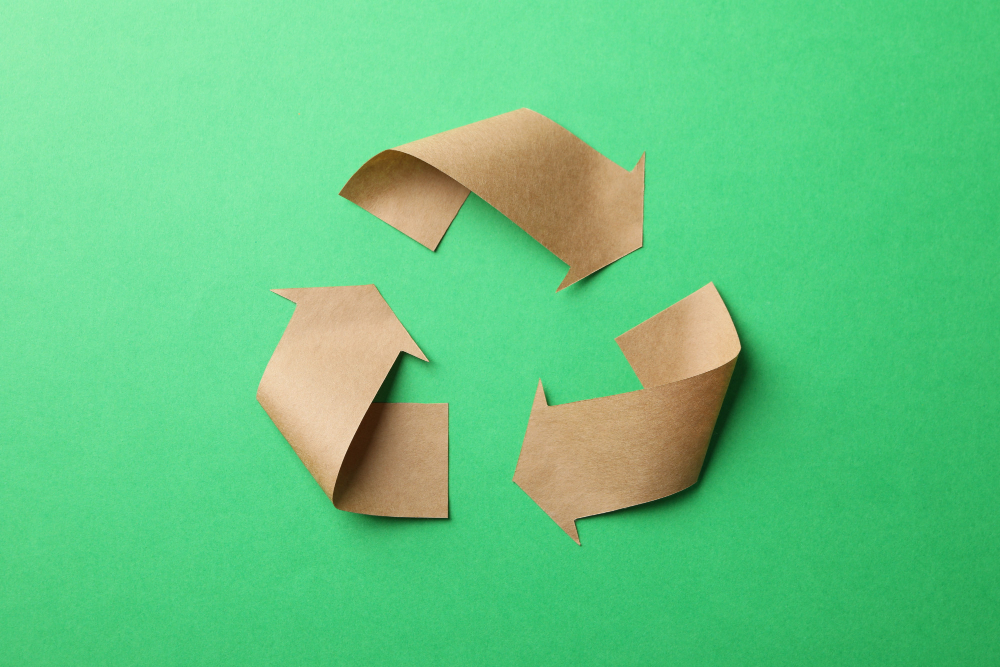The Paper Recycling Process Explained

The way we dispose of our waste has a significant impact on the environment. We all know how essential it is to reduce and recycle to preserve our natural resources. However, paper recycling remains one of the least understood processes. Many people don't know how their old newspapers, magazines, and office documents can turn into new paper products. This blog post will provide an overview of the paper recycling process and the benefits of recycling paper waste to reduce waste and support the environment.
1. Collection and Sorting
The first step in the paper recycling process is to collect and sort the paper waste. This can come from households, offices, and industries. When you recycle paper, it is essential to sort out and separate different types of paper, such as magazines, newspapers, printer paper, and cardboard. Sorting allows for more efficient and effective recycling through the elimination of contaminants and the promotion of better quality paper.
2. Pulping
After sorting, the paper waste undergoes a process called pulping. In this process, the paper is mixed with water and broken down into small fibers. The resulting slurry becomes a pulp, which is further cleaned and screened to remove any impurities, such as ink and glue.
3. De-Inking & Bleaching
If the paper products need to be repurposed, they must be de-inked and bleached. De-inking involves washing the pulp to remove any ink particles and contaminants. Bleaching involves the use of chemicals such as hydrogen peroxide and chlorine to remove any discoloration. Both processes ensure that the recycled paper products are high quality and suitable for reuse.
4. Re-Pulp and Color Mixing
After the pulping, de-inking, and bleaching, the pulp is then turned into paper. The pulp is spread and pressed into thin sheets, which undergo various drying and rolling processes to fit specific products. The final step is to mix the recycled pulp with colorants to create different colored paper products.
5. Benefits of Paper Recycling
Paper recycling has numerous benefits for the environment and society. The most apparent benefit is reducing waste and preserving natural resources. Every ton of recycled paper saves 17 trees, 7,000 gallons of water, and 380 gallons of oil. Additionally, paper recycling saves energy, reduces greenhouse gas emissions and decreases the impact on wildlife habitats.
Conclusion
Paper recycling is an essential process that helps preserve our environment and natural resources. Through the collection, sorting, pulping, de-inking, bleaching, re-pulping, and color mixing, we can repurpose paper waste and create high-quality paper products. Orlando Recycling offers efficient, affordable, and eco-friendly paper recycling services in Orlando, FL. We are committed to supporting our environment and helping individuals, businesses, and industries make a positive impact on our planet. If you need help with paper recycling in Orlando, FL, contact us today for a free consultation on your paper recycling needs.